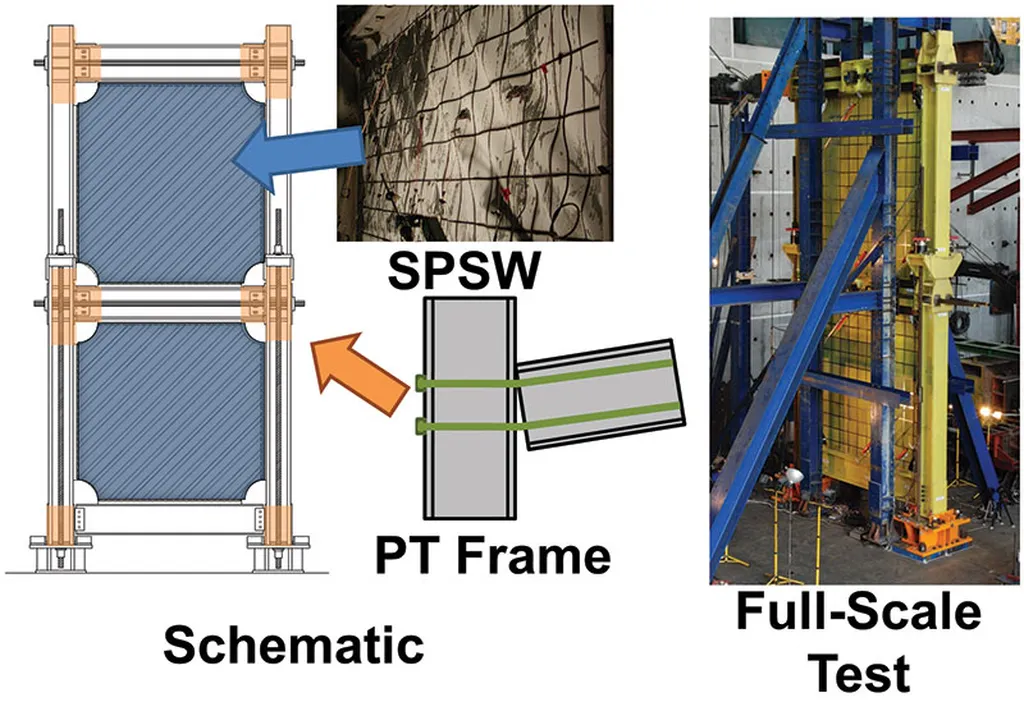In the ever-evolving landscape of construction and seismic engineering, a groundbreaking study led by Xinxing Xu from the School of Architecture has shed new light on the seismic performance of prefabricated steel plate shear walls. Published in the esteemed journal *Advances in Civil Engineering* (translated as *Advances in Civil Engineering*), this research could potentially reshape the way we approach earthquake-resistant construction, particularly in the energy sector.
Prefabricated steel plate shear walls have long been praised for their speed of construction, cost-effectiveness, and robust seismic performance. However, Xu’s study delves deeper into the nuances of these structures, comparing the plastic development and failure modes of flat steel plate walls and slotted steel plate walls under cyclic loading. The findings are nothing short of illuminating.
“Both the flat and slotted steel plate walls exhibit a ‘breathing effect’ and ‘negative stiffness phenomenon’ during loading,” Xu explains. This discovery underscores the complex behavior of these structures under seismic conditions, highlighting the need for a more nuanced understanding of their performance.
The study reveals that the height-to-width and height-to-thickness ratios play a pivotal role in determining the initial stiffness and ultimate bearing capacity of both types of walls. Moreover, the slotted parameters significantly influence the performance of slotted steel plate walls. This is a crucial insight, as it opens up new avenues for optimizing the design of these structures to enhance their seismic resistance.
One of the most compelling findings of the study is the superior energy dissipation capability of slotted steel plate walls under small displacements. This characteristic makes them particularly suitable for designing energy-dissipating walls for minor earthquakes, a revelation that could have far-reaching implications for the energy sector.
As Xu puts it, “This study offers valuable guidelines for optimizing the design and seismic evaluation of prefabricated steel plate shear walls.” The potential commercial impacts are substantial. By leveraging these findings, construction companies can develop more resilient and cost-effective structures, reducing the risk of damage and downtime during seismic events.
The energy sector, in particular, stands to benefit significantly from this research. Energy infrastructure, such as power plants and refineries, often requires robust seismic protection to ensure uninterrupted operations during earthquakes. The insights gleaned from this study could pave the way for the development of more advanced seismic-resistant designs, enhancing the safety and reliability of energy facilities.
In conclusion, Xu’s research represents a significant step forward in our understanding of prefabricated steel plate shear walls. As the construction industry continues to evolve, the insights from this study will undoubtedly play a crucial role in shaping the future of seismic-resistant construction. By embracing these findings, we can build a safer, more resilient world, one structure at a time.

